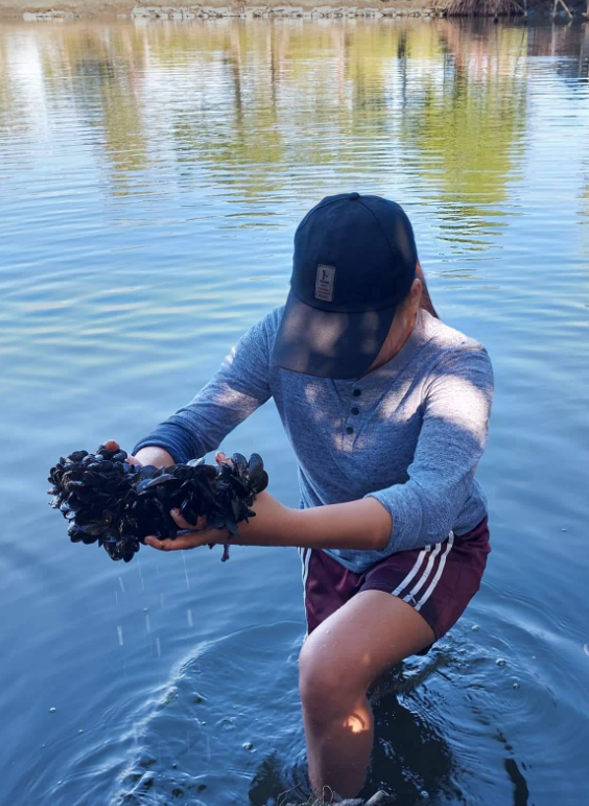Just recently, Dr. Sotero M. Aban Dela Cruz with his students led by Mr. Adrian successfully formulated a feed for juvenile Giant Tiger prawn using invasive species, Charru mussel, scientifically known as Mytella charruana.
Invasive species are defined as non-native species that cause ecological harm to food and space for native species. One of the invasive species problems is the Charru mussel, indigenous to Brazil, Venezuela, Argentina, and Panama, but it has spread to Singapore, the Philippines, and the Southeast United States. Its range extends from Venezuela to Argentina on South America’s east coast, and from Sonora, Mexico to El Salvador in the Pacific. The Charru mussel is anecdotally reported to be spread through ballast water discharge from ships and later discovered its proliferation in Manila Bay docking zones and spread quickly to a nearby places in Bataan, Bulacan, and Pangasinan.
National Integrated Fisheries Technology and Development Center (NIFTDC) has encouraged fish farmers not to discard the blue mussels (Mytella charruana) that have flourished in the rivers of Dagupan, according to the Philippine News Agency. This sort of mussel is not only a protein-rich edible mollusk that is healthy for Filipino families, but also for crabs, prawns, and shrimp raised in captivity fowls. Aban, et al. (2022) concludes that Charru mussel meat and shell is a good source of alternative feed to juvenile Giant Tiger prawn.
Mussel meal’s secret is its high nutrient density, which comprises a wide spectrum of necessary amino acids, vitamins, minerals, and lipids. Specifically, mussels are well-known for their high protein, calcium (if the shells are consumed), zinc, potassium, and phosphorus content. The formulated feed containing Charru mussel has the following proximate analysis: Moisture Content of 11.7%; Crude Protein – 39.3%; Crude Fat – 3.8%; Crude Fiber – 0.1%; Crude Ash – 4.6%; NFE – 40.5%; and Calcium 1.1% as reported in their study. The researchers recommended that the results of the study should be extended to the fisherfolks and be used not only for prawn but also for other economically important fish species.


